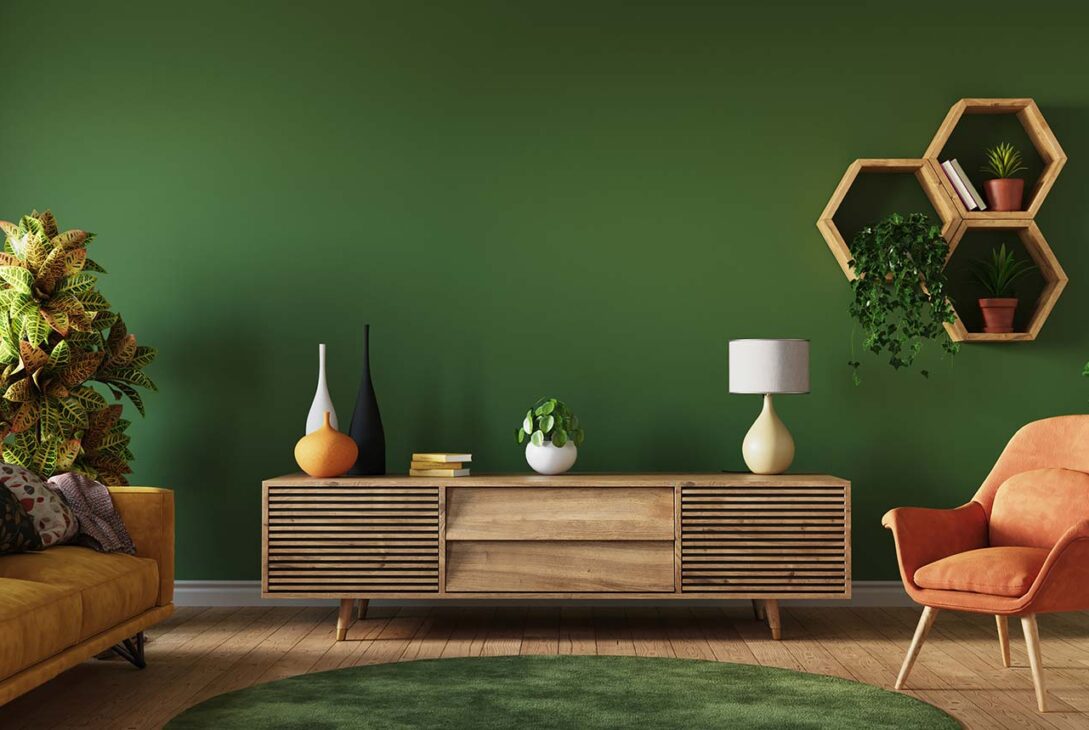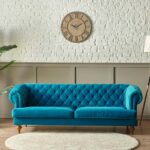Okay, so here’s the thing nobody tells you: shadows are like those quiet people at a party who don’t say much, but when they do… everyone stops and listens. You know what I mean? They shift the mood. They’re not filler. They’re half the painting.
Sunlight comes in, yeah? Through the window, flops itself across the floor like it’s got nowhere better to be, and then bam—it hits the leg of a chair or maybe the edge of a bookshelf and suddenly your room doesn’t just look like a room anymore. It’s got drama. It’s doing a monologue.
I once moved a coffee table two inches and accidentally made my living room feel like a 1970s noir movie set. Just shadows bouncing off the slats in the blinds. Freaked me out a bit. But it worked.
Chasing Light Like a Cat in the Afternoon
You know how cats do that thing where they follow a sunbeam around all day? They get it. They absolutely get it. Light is furniture. Temporary, sure. But furniture. It changes how you feel about the couch. Makes the floor look expensive. Makes the mess in the corner look… intentional? (Okay, maybe not always.)
So yeah—before you start moving things, just sit in the room and wait for the light. Wait like someone about to catch a bus that only comes when you don’t check the schedule.
Incorporate as many reflective surfaces as possible, but placing them correctly is critical. Exposure to more sunlight could improve longevity, so getting an extra mirror or glass table is worth it. Nobody wants sun rays in their eyes at every angle, so experiment with different positions and materials. Consider metallic or glossy finishes to add some softening sheen.
https://www.whisperingbold.com/post/how-to-position-furniture-to-maximize-sunlight
I had a friend (well, ex-friend, long story involving a misread text and a passive-aggressive succulent gift), anyway—she once rearranged her entire studio apartment based on where the shadows landed at 4:13 PM. Specifically 4:13. Not 4:12. She said that was when her “brain clicked on.” That’s obsessive? Yeah. But also kinda brilliant.
Forget Centerpieces. Look at the Edges
So you’ve got a lamp. Cool. You’ve got a couch. Great. You put them in the center of the room, right? Because that’s what they show you in the magazines. But the edges—the weird little dead zones where light dies quietly—that’s where stuff happens.
You ever notice how a chair by the window makes a room feel more alive than one facing the TV? Why? Because it has an opinion. That chair chose sunlight. It chose to exist with shadows.
Put your furniture where light ends, not just where it begins. Like, seriously. That dusty corner you pretend doesn’t exist because the vacuum doesn’t quite fit there? Try putting a low stool there. You’d be surprised. That little slice of light from the hallway? It’s got… mystery. It’s got potential. Like, it might be telling secrets when you’re not home.
That Sofa? It’s Casting a Personality
Here’s something that bugs me. People buy expensive furniture and then never watch it. Yeah, watch it. Not sit on it. Just observe it, like you’re trying to see if it flinches when the light hits it at 5 PM.
When a couch throws a long shadow toward the kitchen, it says something. Maybe it’s tired. Maybe it’s jealous of the dining chairs. Who knows? But it’s part of the room now. Not just sitting in it. Affecting it.
When it comes to creating a well-designed living space, lighting is often the unsung hero. A great lamp not only illuminates your room but also adds style, balance, and functionality. However, one key detail can make or break your setup: the height of the lamp next to your sofa. If you’ve ever felt like your lighting is “off”, chances are, the height of your lamp might be to blame.
https://www.sosospiffy.com/post/how-to-pick-the-perfect-lamp-height-for-your-sofa-a-designer-s-guide
There was a summer, I think it was during that weird part of 2020 when everyone was rearranging their identities via sourdough starters, and I remember moving my reading chair three times in one week just because the light wasn’t cooperating. But it wasn’t the light’s fault. It was the wall color. The beige was swallowing the shadows. I painted it moss green. Solved it. Sort of. The chair still had trust issues.
Weird Angles Make Better Moods
Okay, hear me out. Symmetry? Boring. There, I said it. It’s like eating plain crackers and pretending you’re full. A sofa against a wall, flanked by two matching lamps? That’s not living. That’s staging.
Try angling stuff weird. Not diagonally, not exactly. Just… wrong-ish. Slightly off. Make the shadows weird. Break up the expected light paths. It’ll feel like something’s going on, even when it’s not. Especially when it’s not.
I once angled a bookcase just enough so the shadow behind it looked like it was hiding something. A secret door? A forgotten tunnel? No, just dust. But the feeling was there. And that feeling, honestly, that’s design.
Daylight Is a Mood Swing, Not a Feature
This one’s personal. My bedroom catches the sunrise and for the longest time I thought that was a good thing. Then I started waking up like I was being interrogated. Full sun, straight to the face. Rude.
So I shifted my bed. Not because of sleep. Because the light at 7 AM hits the dresser just right now and throws this long soft-edged shadow toward the door. And every morning it feels like I live somewhere nicer than I do. It’s dumb, I know. But also not.
And don’t even get me started on cloudy days. Shadows still exist. They’re just… melancholy. Like soft-spoken ghosts.
Light Moves, So Should You
You know that dumb phrase about “meeting people where they are”? Yeah. Apply it to your furniture. Don’t get locked in. Don’t be the person with sun-faded carpet marks from a sofa that hasn’t moved since the Bush administration.
Just… try it. Move the lamp. Slide the armchair 17 inches left. You don’t need a reason. Wait for a shadow to change. Build your room around that. It’ll feel less… sterile. Less catalog-y.
For some windows, such as skylights, closing the curtains might not be possible, but that doesn’t lessen the sun damage. In this case, consider glazing the glass panes instead. You can do this using an amber-hued protective sheet, and it’s a fairly cost-effective alternative to block out harmful UV rays. It won’t last forever, but it should at least get you through the summer.
https://www.thespruce.com/furniture-sun-fade-11767975
And if it doesn’t work? Move it again. Nobody’s watching. (Unless your neighbor’s window faces yours and they’re bored.)
Don’t Decorate. Set Up a Situation.
Decorating is too polite. Too tidy. This isn’t about throw pillows matching the curtains. This is about staging a small, quiet revolution using the sun as your co-conspirator. Let the shadows stretch weird across your floor. Let them lick up the side of a cabinet, creep across your desk, do unsettling things to a houseplant.
Sometimes I think the best part of my apartment isn’t the furniture or the art or that overpriced rug with the uneven fringe. It’s 3:46 PM in April. When the light comes in sideways and turns my bathroom door into a glowing rectangle like it’s some sort of portal to something better. It’s not. It’s just the bathroom. But for 8 minutes? It’s magic.
And magic’s enough.
Final thought, or something like that…
So yeah. Next time you’re staring at your living room thinking it’s missing something… maybe it’s not a new lamp or another fake plant. Maybe you just need to wait. Let the sun hit it sideways. Let the shadows get weird.
Then you’ll see. It was already there. Just hiding. Like good things usually do.
Last modified: July 24, 2025



